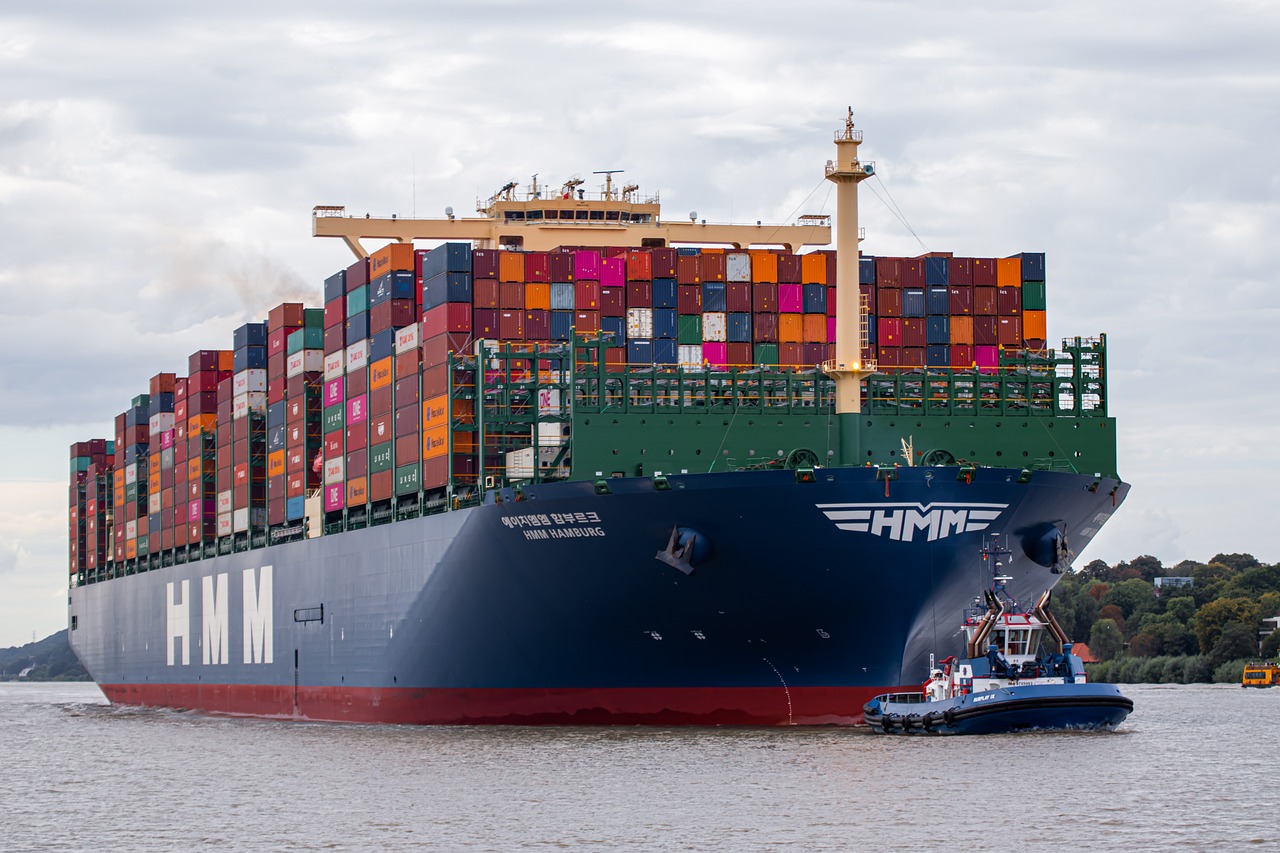
Foreign tradeExport agentWhat are the main charging models?
According to the latest industry practices in 2025, the fee structure for professional foreign trade agents typically includes the following five forms:
- Percentage of goods value: Generally ranging from 0.8% to 3% of the total goods value, applicable to conventional trade products.
- Fixed service packages: Coveringcustoms clearanceBasic services such as logistics and documentation, with an annual fee ranging from 50,000 to 200,000 yuan.
- Itemized billing model:
- Customs clearance service fee: 500-2000 RMB per shipment
- Logistics coordination fee: 0.5%-1.5% of the cargo value
- Refund Custody Fee: 1%-2% of the tax refund amount
- Risk-sharing pricing: Base service fee + trade profit sharing (commonly seen in bulk commodity trading)
- Digital service subscription: The annual fee for the SAAS system ranges from 20,000 to 80,000 yuan, including real-time customs data tracking.
What are the key factors that influence the pricing of agency services?
According to the statistics from the General Administration of Customs in 2024, the following seven factors directly affect agency fees:
- Product Categories: Hazardous materials/food and other special goods require an additional service fee of 20%-50%.
- 13. Country of trade: Service fees in emerging market countries are typically 30% higher than those in Europe and America.
- Business complexity: The agency fees for goods subject to anti-dumping duties can be up to three times the normal rate.
- Settlement Methods: An additional 0.5%-1% financial service fee will be charged for LC letter of credit transactions.
- Logistics model: Air freight charges an average of 1.2% more in handling fees compared to sea freight.
- Enterprise scale: A tiered discount is available for annual export volumes exceeding $5 million.
- Additional services: The value-added services such as RCEP Certificate of Origin authentication are charged 2,000-5,000 yuan per instance.
How to Identify and Avoid Hidden Fees?
Based on 20 years of industry experience, it is recommended to focus on the following three risk points:
- The exchange ratefluctuationsAdditional fees: Request the agent to clarify the handling mechanism when exchange rate fluctuations exceed ±3%.
- Expenses for Abnormal Situations: The inspection of emergency expenses such as port demurrage fees must specify an upper limit in the contract.
- Document modification fee: For document modifications caused by the client, the charging standards should be disclosed in advance.
Recommended for adoption by 2025Digital Reconciliation SystemBy leveraging blockchain technology to achieve real-time synchronization of expense details, a listed company that adopted this system saw an 82% reduction in abnormal expense disputes.
How should businesses of different scales choose their pricing models?
Provide professional recommendations based on the company's annual export volume:
- Start-up companies (<$500,000):Choose a fixed package + pay-per-ticket combination to control initial costs.
- Growth-stage companies ($500K-$5M): Adopt a fee structure based on the proportion of goods value + annual rebate model.
- Industrial enterprises above designated size (revenue > $5 million): Customized comprehensive service solutions, striving for a preferential rate of 0.6%-1.2%.
A daily necessities exporter reduced agency costs from 2.3% to 1.8% by renegotiating the fee model in 2024, achieving annual savings exceeding $180,000.
What are the new trends in foreign trade agency fees for 2025?
The latest industry trends indicate three major changes:
- Green Tariff Service: Carbon footprint certification and other ESG-related service fees have shown significant growth.
- Intelligent Customs Declaration System: AI-powered automatic classification declaration reduces basic service fees by 30%
- Hedging services: Exchange rate/raw material price fluctuation protection service fee becomes a new revenue stream.
It is recommended that export enterprises conduct regularService Fee Health Assessment


 Follow Customer Service WeChat
Follow Customer Service WeChat